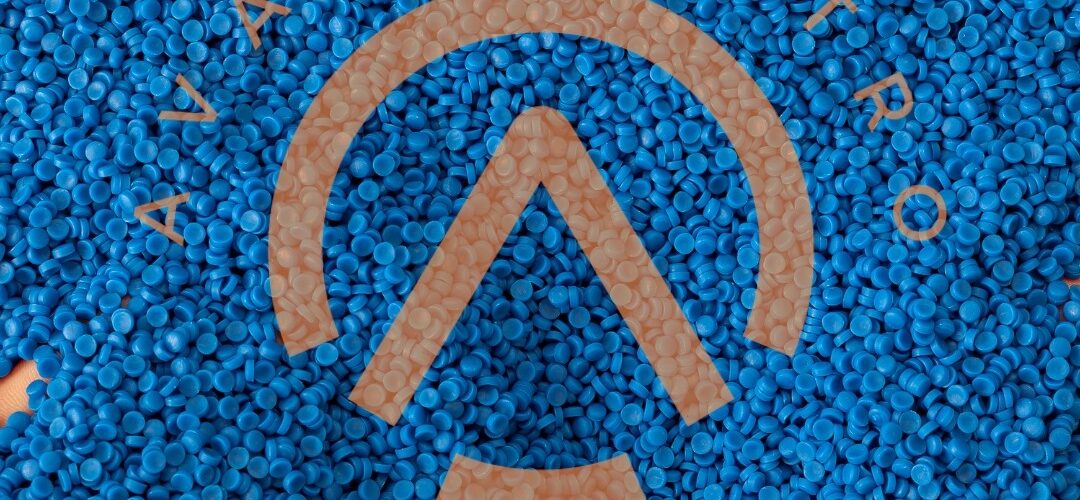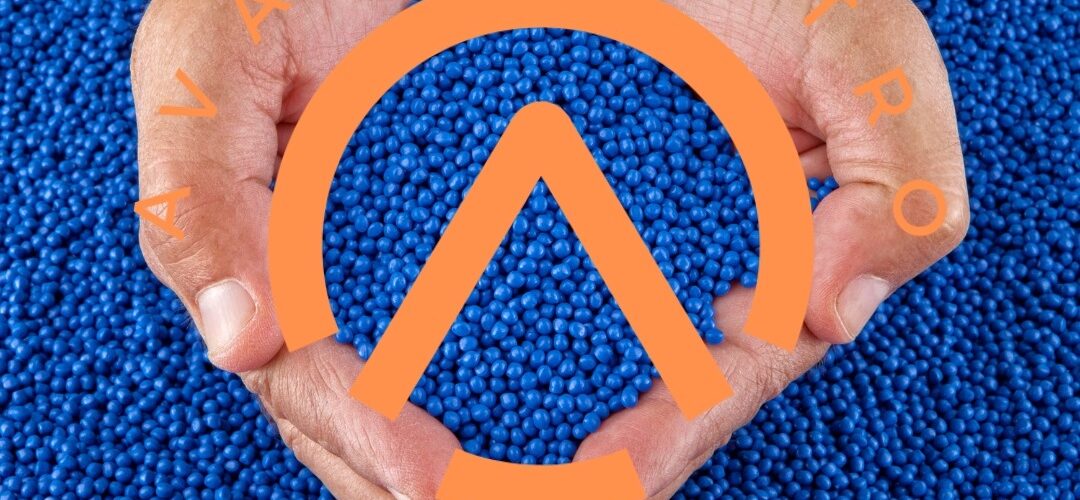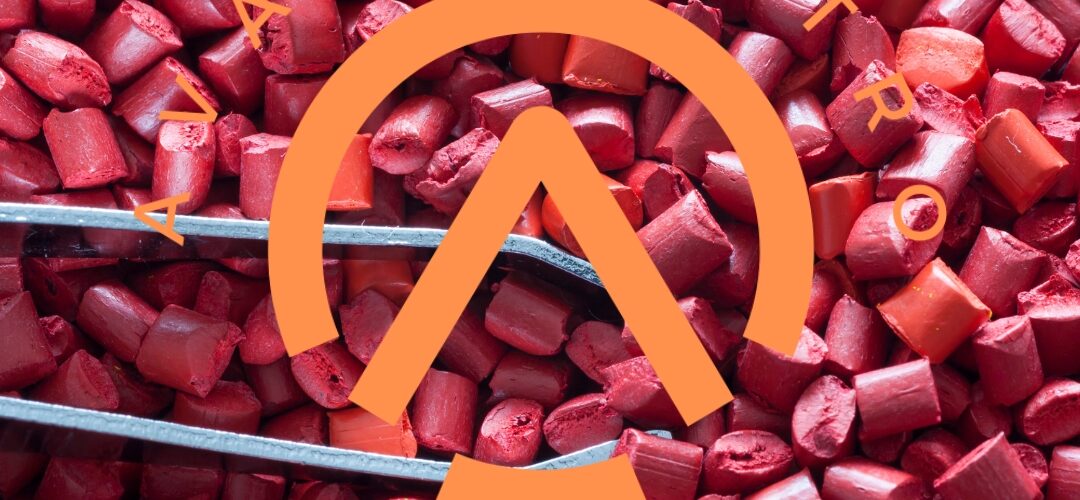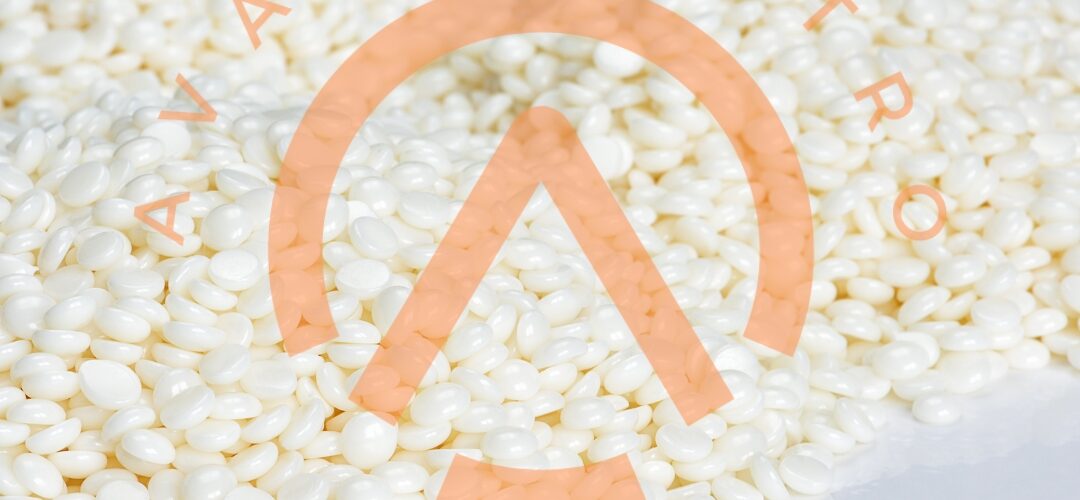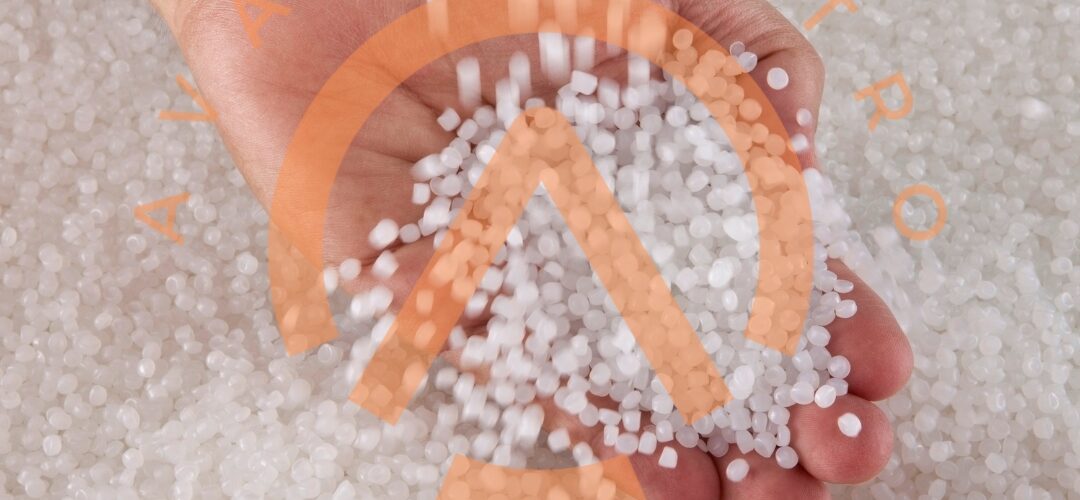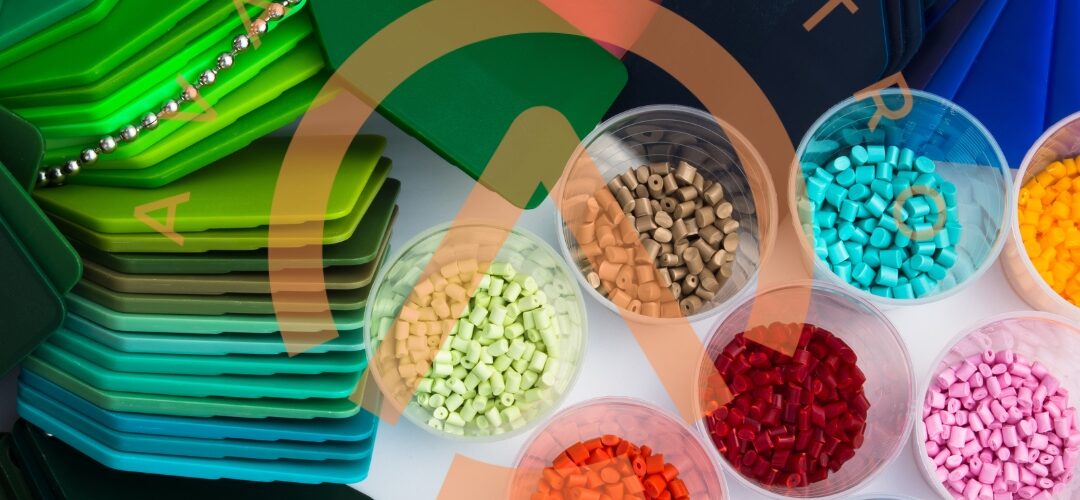AvavinPetro ABS Composites: Applications and Market Overview
Introduction
In the ever-evolving landscape of materials science, AvavinPetro ABS composites have emerged as a groundbreaking solution with a diverse range of applications. These composites, formed by combining Acrylonitrile Butadiene Styrene (ABS) with AvavinPetro’s proprietary additives, offer a unique set of properties that make them suitable for various industries. In this article, we will explore the applications and market overview of AvavinPetro ABS composites.
Table of Contents
1. Understanding AvavinPetro ABS Composites
• What are ABS composites?
• The role of AvavinPetro additives
• Key characteristics and advantages
2. Applications in Automotive Manufacturing
• Lightweight components for improved fuel efficiency
• Impact-resistant parts ensuring passenger safety
• Aesthetic enhancements for interior and exterior elements
3. Aerospace Industry Utilization
• High-strength-to-weight ratio for aircraft components
• Heat resistance and flame retardancy in cabin interiors
4. Consumer Electronics Integration
• Structural integrity in electronic device casings
• Electrostatic discharge protection for sensitive components
5. Medical Equipment Innovation
• Non-toxic properties for medical device manufacturing
• Sterilization compatibility and longevity
6. Building and Construction Sector
• Durable and weather-resistant architectural elements
• Contributions to sustainable construction practices
7. Sports and Recreation Applications
• Impact-absorbing materials for sports equipment
• Versatile design options for outdoor gear
8. Market Overview of AvavinPetro ABS Composites
• Current industry trends and growth
• Market share and major players
• Projected future developments
9. Environmental Sustainability Efforts
• Recycling initiatives and reducing ecological impact
• Comparisons with traditional materials
10. Challenges and Future Innovations
• Addressing limitations in extreme environments
• Ongoing research and potential breakthroughs
Understanding AvavinPetro ABS Composites
What are ABS Composites?
Acrylonitrile Butadiene Styrene (ABS) composites are a blend of polymers known for their exceptional mechanical properties. These composites are formed by combining three distinct monomers, each contributing to the final material’s strength, rigidity, and impact resistance. The resulting composite offers a balance of toughness and versatility, making it suitable for a wide array of applications.
The Role of AvavinPetro Additives
AvavinPetro takes ABS composites a step further by introducing proprietary additives that enhance the material’s properties. These additives can modify attributes like flame resistance, thermal stability, and UV resistance, expanding the potential applications of ABS composites.
Key Characteristics and Advantages
AvavinPetro ABS composites exhibit remarkable characteristics such as high tensile strength, dimensional stability, and resistance to chemicals and abrasion. The material’s versatility, coupled with AvavinPetro’s additives, grants it an edge over traditional plastics in terms of performance and adaptability.
Applications in Automotive Manufacturing
Lightweight Components for Improved Fuel Efficiency
In the automotive industry, weight reduction is a critical factor in achieving better fuel efficiency. AvavinPetro ABS composites find application in manufacturing lightweight yet sturdy components, contributing to overall vehicle weight reduction and improved mileage.
Impact-Resistant Parts Ensuring Passenger Safety
Safety is paramount in automotive design. These composites are utilized in crafting impact-absorbing parts that help protect passengers during collisions. The material’s ability to absorb and distribute impact energy enhances the overall safety of vehicles.
Aesthetic Enhancements for Interior and Exterior Elements
Beyond functionality, AvavinPetro ABS composites offer aesthetic advantages. They can be molded into various shapes and finishes, enhancing the visual appeal of both interior and exterior automotive components.
Aerospace Industry Utilization
High-Strength-to-Weight Ratio for Aircraft Components
The aerospace sector demands materials that can withstand extreme conditions without adding excessive weight. AvavinPetro ABS composites provide an excellent strength-to-weight ratio, making them suitable for manufacturing aircraft components.
Heat Resistance and Flame Retardancy in Cabin Interiors
Aviation regulations require materials with high heat resistance and flame retardancy for cabin interiors. The ABS composites, with AvavinPetro additives, meet these requirements while offering design flexibility.
Consumer Electronics Integration
Structural Integrity in Electronic Device Casings
Consumer electronics often require casings that are both durable and aesthetically pleasing. AvavinPetro ABS composites offer structural integrity, impact resistance, and design versatility, making them an ideal choice for electronic device enclosures.
Electrostatic Discharge Protection for Sensitive Components
Electrostatic discharge can damage sensitive electronic components. AvavinPetro ABS composites can be engineered to dissipate static electricity, safeguarding electronics during handling and use.
Medical Equipment Innovation
Non-Toxic Properties for Medical Device Manufacturing
In the medical field, materials must be biocompatible and non-toxic. AvavinPetro ABS composites meet these criteria, making them suitable for manufacturing various medical devices and equipment.
Sterilization Compatibility and Longevity
Medical equipment requires frequent sterilization. These composites can withstand sterilization processes without significant degradation, ensuring the longevity and safety of medical tools.
Building and Construction Sector
Durable and Weather-Resistant Architectural Elements
AvavinPetro ABS composites find application in building exteriors due to their resistance to weathering, UV radiation, and impact. They contribute to the longevity and aesthetics of architectural elements.
Contributions to Sustainable Construction Practices
As sustainability gains prominence, these composites offer an eco-friendly alternative in construction. Their durability and potential for recycling align with the principles of sustainable building practices.
Sports and Recreation Applications
Impact-Absorbing Materials for Sports Equipment
Sports equipment requires materials that can absorb impact forces, reducing the risk of injuries. AvavinPetro ABS composites provide the necessary shock absorption properties for various sports gear.
Versatile Design Options for Outdoor Gear
Outdoor recreational equipment demands materials that can withstand outdoor conditions. These composites can be molded into different designs, ensuring both functionality and visual appeal.
Market Overview of AvavinPetro ABS Composites
The market for AvavinPetro ABS composites is witnessing steady growth, driven by their unique properties and versatile applications across industries. As industries seek lightweight, durable, and customizable materials, these composites are becoming increasingly relevant.
Current Industry Trends and Growth
Industries such as automotive, aerospace, electronics, and healthcare are actively adopting AvavinPetro ABS composites due to their exceptional attributes. This has led to a growing demand for these materials and subsequent market expansion.
Market Share and Major Players
AvavinPetro stands as a prominent player in the ABS composite market, offering innovative solutions that cater to specific industry needs. Their proprietary additives give them a competitive edge, further solidifying their market position.
Projected Future Developments
The future holds exciting possibilities for AvavinPetro ABS composites. Ongoing research into new additives and manufacturing techniques is likely to result in even more tailored properties, expanding the range of applications and industries these composites can serve.
Environmental Sustainability Efforts
Recycling Initiatives and Reducing Ecological Impact
AvavinPetro recognizes the importance of environmental sustainability. Efforts are underway to develop recycling methods for ABS composites, reducing waste and minimizing their ecological footprint.
Comparisons with Traditional Materials
In comparison to traditional materials, AvavinPetro ABS composites offer advantages such as greater durability, longevity, and potential for recycling. These benefits make them an attractive choice for industries seeking both performance and sustainability.
Challenges and Future Innovations
Addressing Limitations in Extreme Environments
While AvavinPetro ABS composites excel in many environments, challenges persist in extreme conditions like high temperatures or aggressive chemical exposures. Continued research aims to enhance the material’s performance under such circumstances.
Ongoing Research and Potential Breakthroughs
The field of material science is constantly evolving, and researchers are exploring avenues to further improve AvavinPetro ABS composites. Breakthroughs in additive formulations and manufacturing techniques could unlock new applications and propel the industry forward.
Conclusion
AvavinPetro ABS composites represent a remarkable fusion of science and industry needs, offering an array of applications across sectors as diverse as automotive, aerospace, electronics, and healthcare. With their exceptional properties, versatility, and the continuous innovation driven by AvavinPetro, these composites are poised to shape the future of material technology.
FAQs
1. Are AvavinPetro ABS composites stronger than traditional plastics? AvavinPetro ABS composites exhibit higher strength and impact resistance, making them a superior choice for various applications.
2. Can AvavinPetro ABS composites be recycled? Efforts are underway to develop recycling methods for these composites, aligning with sustainability goals.
3. What sets AvavinPetro apart as a major player in the market? AvavinPetro’s proprietary additives enhance ABS composites’ properties, giving them a competitive edge in the market.
4. How do AvavinPetro ABS composites contribute to sustainable construction? Their durability, potential for recycling, and resistance to weathering align with sustainable building practices.
5. What does the future hold for AvavinPetro ABS composites? Ongoing research is likely to lead to tailored properties, expanded applications, and further growth in the market.

